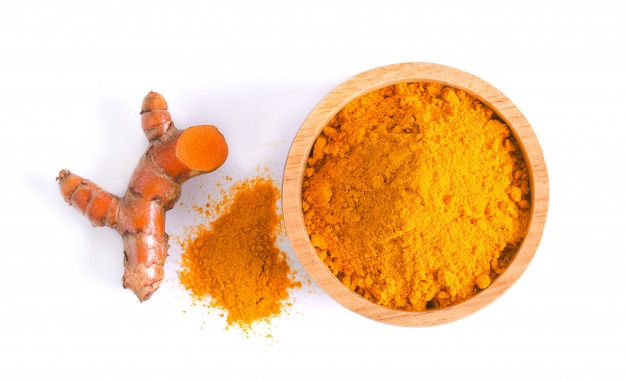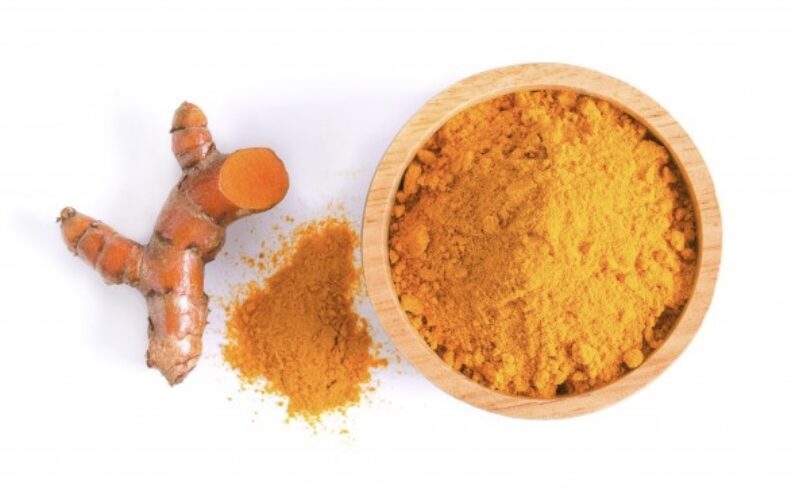Spice of the week: Turmeric
Turmeric is a spice with earthy and mustard like notes that has been used since approximately 2500 BC. It is commonly used in some Asian cuisine, African cuisine, and Mediterranean cuisine. Turmeric comes in two forms: its plant form (Curcuma longa), which is a member of the ginger family, and its ground form. Ground turmeric is produced when the plant’s roots are dried and ground into the bright orange spice we can purchase from the store.
Turmeric is known for its potential medicinal and anti-inflammatory properties. Turmeric contains a few compounds that play a role in these medicinal and anti-inflammatory properties. The most well known compound is curcumin. Some studies strongly suggest that curcumin may decrease inflammation that causes arthritis, obesity, and some cancers. Curcumin can also help regulate blood sugar levels, curtailing or preventing diabetes. It may also act as antibacterial and/or antifungal agent in the body, reducing disease causing bacteria. In addition to its health benefits, curcumin is what gives turmeric its bright orange color. Because of turmeric’s bright color, some cultures use it as a dye.
Turmeric is used in a variety of foods and cooking styles in both its plant form and ground form. Some examples of ground turmeric use include incorporating it into curries, adding to soups, adding to water while cooking rice or another grain, or adding to tea and smoothies. When using turmeric in its plant form, it should be peeled and sliced or grated like fresh ginger. Some common uses of turmeric in its plant form include adding grated turmeric to a meat dish, adding turmeric root into a smoothie, or adding grated turmeric to yogurt or homemade salad dressing.
Do you use turmeric in its plant form, ground form, or both? What are your favorite ways to use turmeric?




Wow, learned a lot. I use it on baked chicken and stews